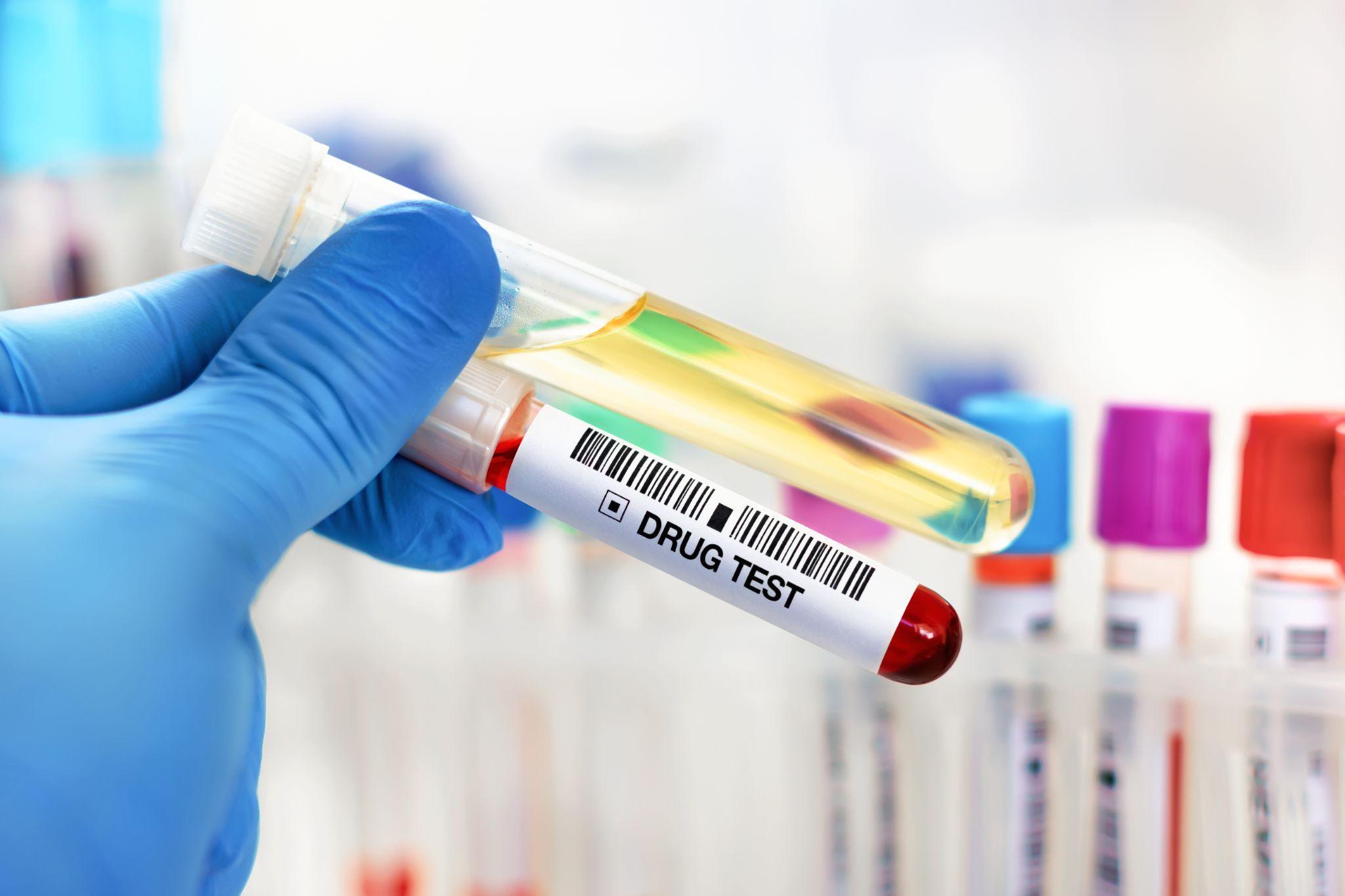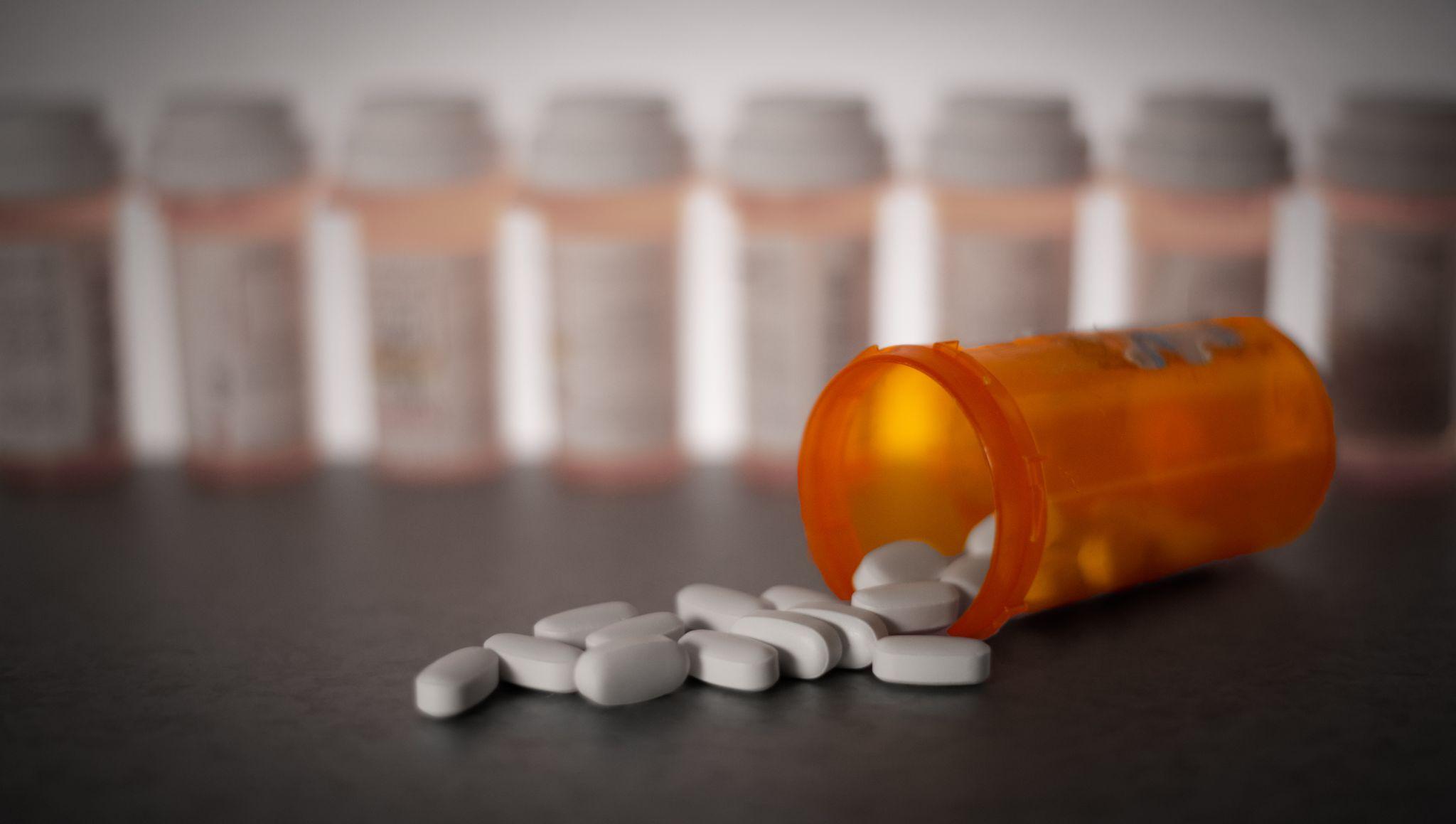OxyContin, a powerful prescription medication to manage pain, falls under the class of drugs known as opioids and contains the active ingredient oxycodone.
Understanding the effects of OxyContin on the body, its half-life, and the factors that influence its length of time in the system is essential for those fighting and their loved ones.
The Timing and Effects of OxyContin
Oxycodone is a potent opioid medication used to manage moderate to severe pain. Given its strength and potential for addiction, it’s important to know how quickly it acts, how long it stays in the system, and its half-life.
How long does it take for OxyContin to work?
The onset of oxycodone’s effects depends on several factors but largely on the formulation of the medication. For immediate-release oxycodone formulations, such as OxyContin, the active ingredient oxycodone begins to relieve pain within 10 to 30 minutes of oral ingestion.1
This rapid onset makes it a preferred option for acute pain management, post-operative pain, or breakthrough pain that occurs despite round-the-clock opioid therapy.
How long does OxyContin last?
The duration of pain relief provided by oxycodone varies based on its formulation.
Immediate-release formulations offer pain relief for about three to six hours. These are usually prescribed for pain that is expected to last for a short period or for pain that comes and goes.1
Extended-release formulations are designed to provide pain relief for up to 12 hours. This type of oxycodone is used for ongoing, chronic pain, providing a steady level of medication in the body over an extended period.1
Patients are advised to follow their prescription guidelines closely to avoid the risk of overdose or increased dependency due to the potent nature of oxycodone.
What is the half-life of OxyContin?
The half-life of oxycodone is approximately three to five hours in healthy adults, which means it takes about that time—three to five hours—for the concentration of the drug in the blood to reduce by half.
The drug’s half-life can vary based on several factors, including liver function, age, and overall health. The half-life of a drug is a critical factor in determining how frequently a dose should be taken and plays a key role in decisions regarding pain management protocols.1
Detection Timelines for OxyContin
Oxycodone’s detectability depends on the type of test being used:
- Urine Tests: Oxycodone can be detected in urine from about one to three days after the last dose. This window can vary depending on the individual’s metabolism and the frequency of use.3
- Blood Tests: Oxycodone appears in the blood shortly after ingestion and can generally be detected for up to 24 hours post-administration.2
- Saliva Tests: These tests can detect oxycodone within minutes of use and up to 36 hours after last use.3
- Hair Follicle Tests: Although not as commonly used for routine screening due to their higher cost and longer result times, oxycodone can be detected in hair for up to 90 days after the last dose, providing a much longer window of detectability.3

7 Factors Influencing the Duration of OxyContin in the System
Several physiological and lifestyle factors can affect how long oxycodone stays in an individual’s system:2
- Metabolic Rate: Individuals with a higher metabolic rate tend to process and eliminate substances like oxycodone faster than those with a slower metabolism.
- Age: Older adults generally have a slower metabolism, which means oxycodone may stay in their system longer compared to younger individuals.
- Body Mass and Composition: Body fat percentage and overall body mass can influence how drugs are metabolized and excreted. Oxycodone, being slightly lipophilic, might linger longer in individuals with higher body fat.
- Liver and Kidney Health: The liver metabolizes oxycodone, and the kidneys are responsible for excreting it. Any liver or kidney impairments can delay this process, thereby prolonging the presence of oxycodone in the body.
- Dosage and Frequency of Use: Higher doses and more frequent usage can increase the amount of time oxycodone is detectable in the system. Chronic use can lead to accumulation in the body, resulting in longer detection times.
- Hydration and Diet: Hydration levels can affect the concentration of oxycodone in urine, while certain foods and supplements might interact with drug metabolism.
- Concurrent Medications: Some medications can induce or inhibit the enzymes that metabolize oxycodone, thus affecting how quickly it is cleared from the body.
Seeking Help for OxyContin Abuse
If you or someone you care about is struggling with OxyContin use, it’s crucial to recognize when it’s time to seek help. Signs of abuse might include using more of the drug than prescribed, a preoccupation with obtaining and using the drug, or continuing use despite negative consequences in personal health, relationships, and responsibilities. Acknowledging these signs is the first step toward recovery.
Various resources are available for those facing challenges with OxyContin. Prescription drug treatment programs can range from medical detoxification and inpatient rehab programs to outpatient therapy and support groups. The right approach depends on the individual’s specific needs and circumstances. Consulting a healthcare provider can start the process of recovery. Remember, seeking help is a sign of strength and the first step towards reclaiming control of your life.
Take the Step Toward Healing From OxyContin With Lumina Recovery
Understanding how OxyContin affects the body and how long it stays in the system is fundamental for those prescribed this medication and for those who may be struggling with its use. While the medication is effective for pain management, its potential for dependence requires careful consideration and management.
Lumina Recovery’s opioid addiction treatment program provides every step of support from detoxification to residential inpatient programs to telehealth services.
If opioid addiction is impacting your life and feels overwhelming, don’t hesitate and reach out to Lumina Recovery today to start your journey back to health.
Sources:


